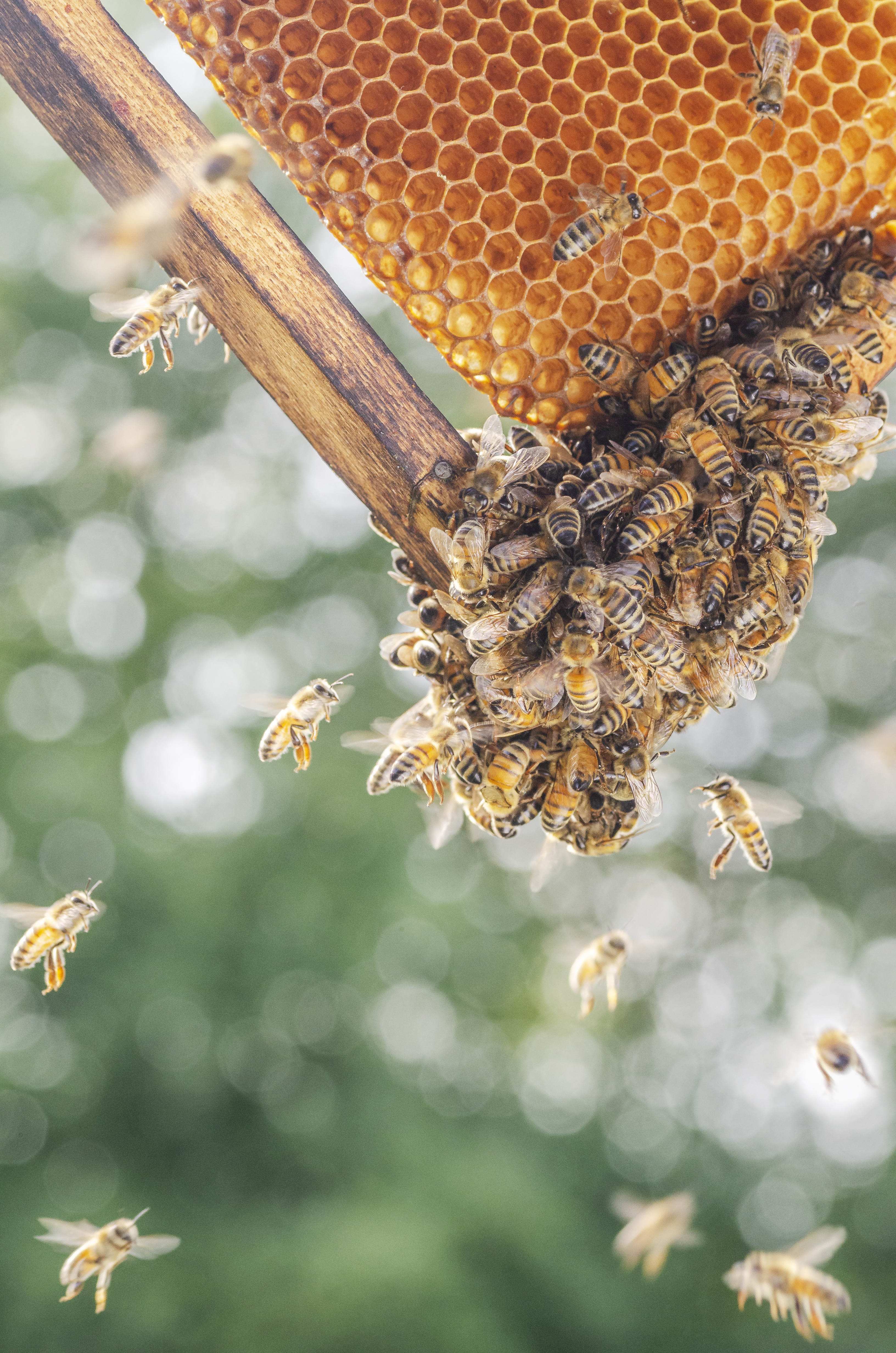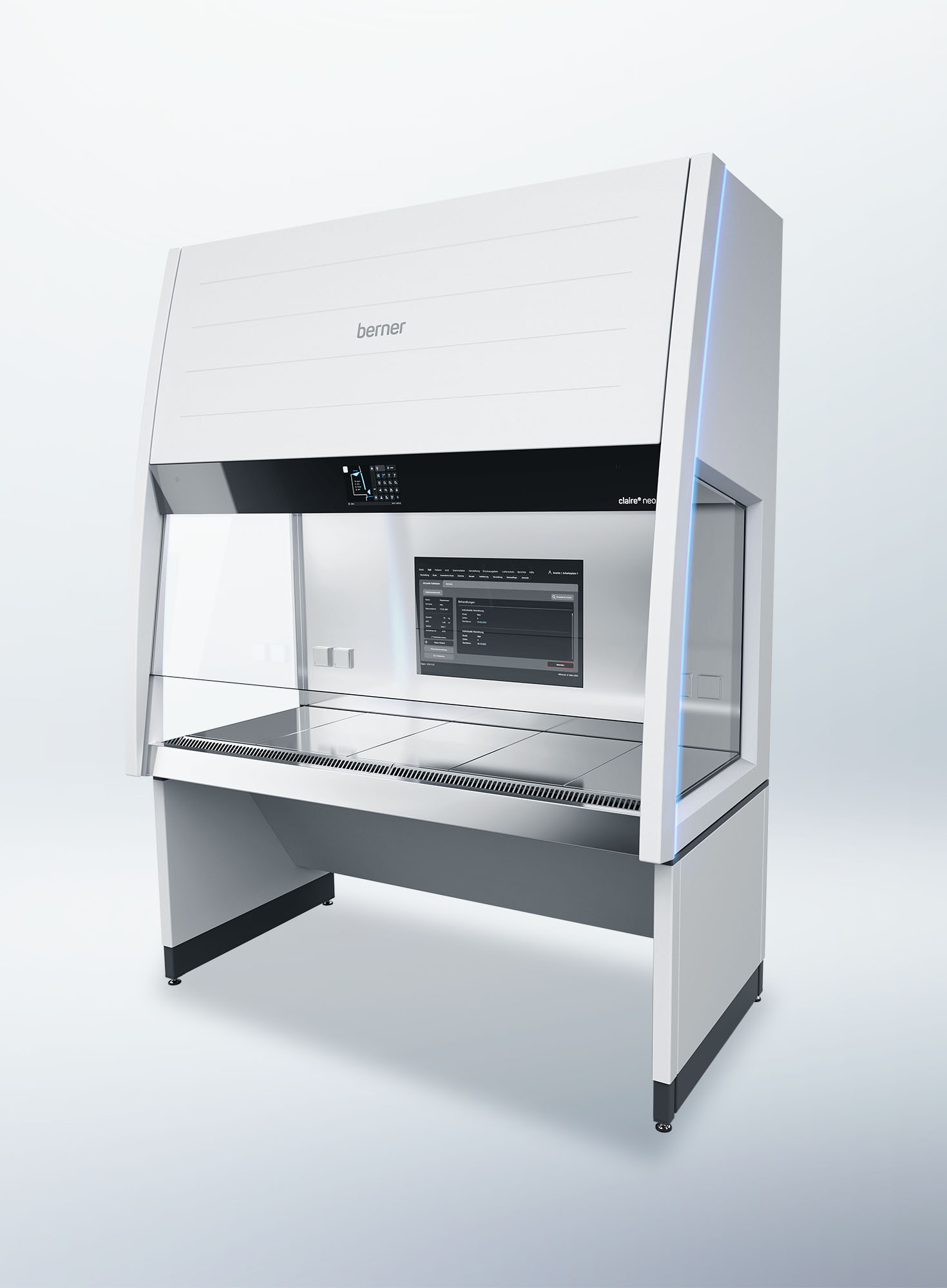Abstract
The article provides a detailed overview about possible operator and patient exposure to highly potent API (HPAPI) from potential contamination and cross contamination through the lyophilization process and supporting technologies like isolators. The aim of this article is to raise awareness of the risk to the operators and the patients during loading and unloading a lyophiliser and the lyophilizing process itself. Specific consideration is taken of cleaning limits for nonproduct contact surfaces in the isolator and of the interior of the Lyophiliser which are define as non-direct or indirect product contacts parts. Furthermore, various technical measures are described of the Isolator System and the Lyohiliser to prevent the contamination of the operators with the highly active substance or the risk of cross contamination between two different products produced after the other.
Introduction
The number of highly active or highly dangerous substances has increased signifi cantly in recent years. Global estimates indicate that there are more than 1000 new pharmaceutical products under development that are classifi ed as highly active. Many of these new products are small molecule or biopharmaceutical products, or a combination of both referred to as ADCs – “Antibody Drug Conjugates”. ATMPs, “Advanced Therapy Medicinal Products”, such as gene and cell therapies are often highly active products as well and require a high degree of operator and product protection.
In order to meet the respective requirements, process systems such as the freeze drying process and associated processes like loading and unloading of the freeze dryer should be designed for highly active substances. The issue of cleaning to avoid cross-contamination in multi-purpose systems is also gaining in importance with the introduction of PDE “Permitted Daily Exposure” by the EMA “European Medicines Agency” in 2014.
To read the entire article, click here



